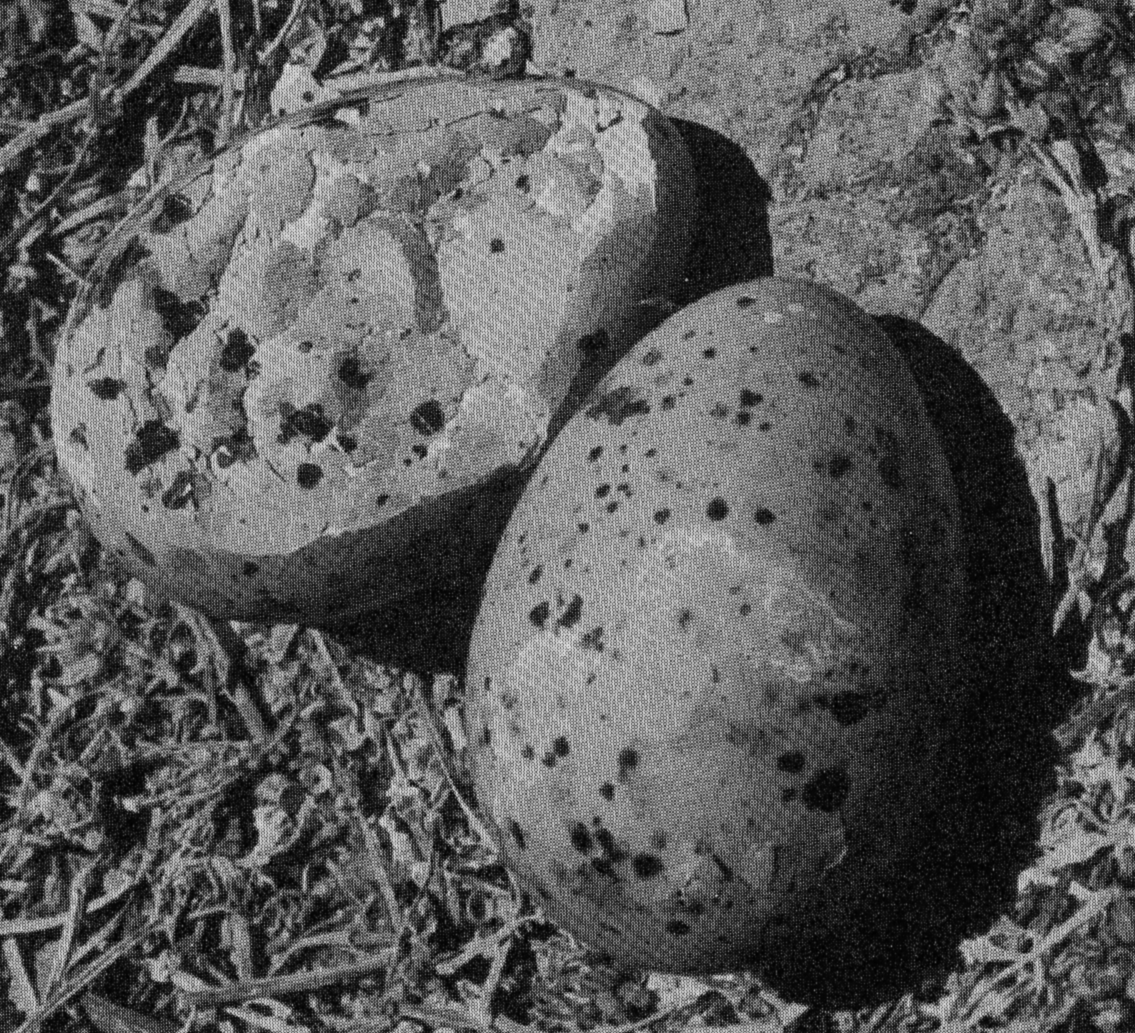Due to the high levels of DDT found in the predatory birds, it was assumed that this had to be the cause of the decrease in their populations. Later research proved that DDT in fact was the cause. Although these birds were not in direct contact with DDT, they still had high levels of DDT because DDT caused food web poisoning. The birds that are preyed upon are in direct contact with DDT, and these birds contain large levels of DDT in their bodies. Thus, DDT was passed onto the predatory birds from their prey. When the predatory birds came in contact with DDT, their reproduction was directly affected. As a result of DDT's presence in the predatory bird's body, the eggshells of these birds started to slender. These eggshells become so thin that whenever the mother bird would lie on the egg waiting for it to hatch, the eggs would break. Thus, the predatory bird population had no means of increasing, since their reproduction was not successful.
Biological magnification had a large role to play in the decrease of the predatory bird population. Spraying of DDT on vegetation led to contamination of the prey bird populations. These birds started building large concentrations of DDT within their bodies. As a result, the predatory birds also got contaminated, since they preyed upon contaminated birds.
Residues in U.S. Freshwater Fish and Number of Bald Eagle Pairs in the Conterminous States
http://www.life.umd.edu/classroom/biol106h/L37/eagles.jpg
This graph displays the number of bald eagle pairs versus the amount of DDT, DDD, DDE, and PCB usage.
http://www.chias.org/mic/psd/images/DDT3.jpg
This was the work of an elementary student who tries to explain the effects of DDT on the predatory bird population.
http://gillchair.lamar.edu/Environmental/25/lec25.3.gif
A crushed egg next to a normal egg, all this due to thinning of the eggshell.


